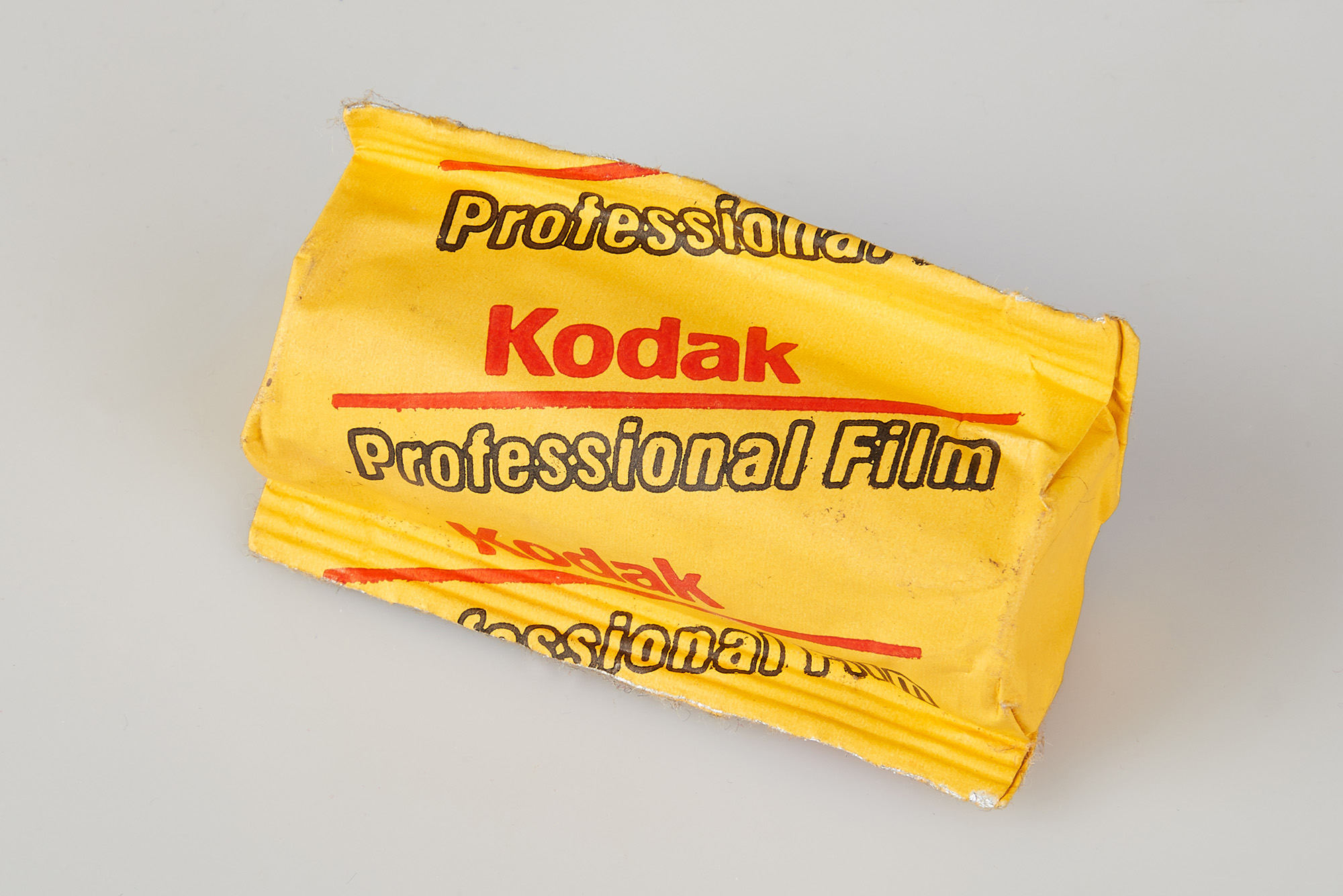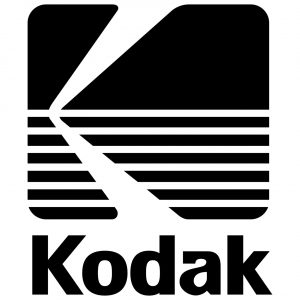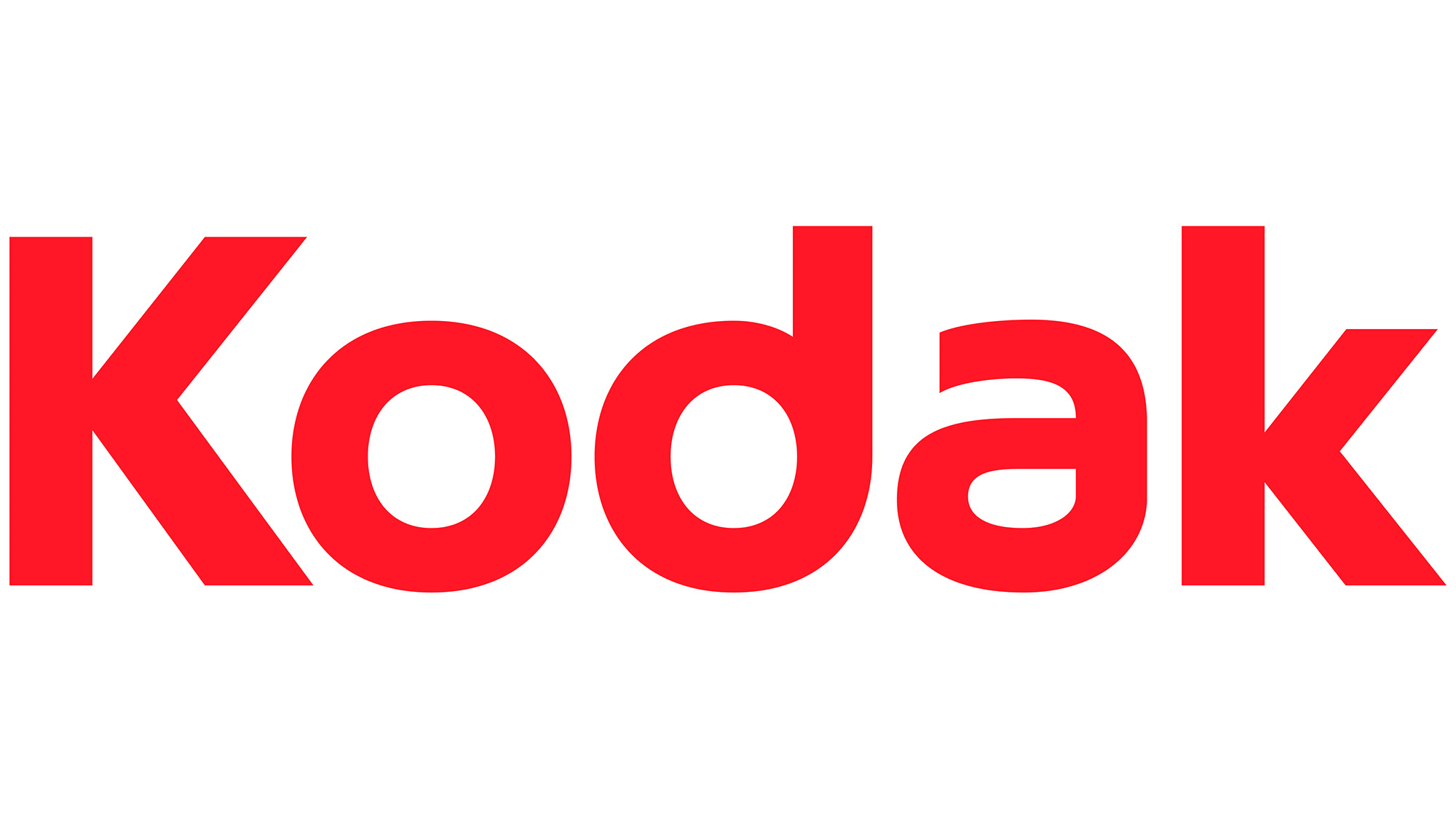The Story Of Kodak’s Fall By AI

This is an AI-generated story about the decline and eventual failure of Kodak.
Intro
It’s been a while since I published a story, and I want to apologize for that. PhotoPXL is alive and well. As the publisher, I have been super busy on several projects that have taken up considerable time.
I am presently in the Palouse, about to run two back-to-back photography workshops in one of my favorite places in America. I’ll share images and a story along the way. I have been very focused on putting together the new printing workshop we have been running for the last few months.
The printing workshops are gaining popularity, with the July workshop sold out. We have the fall workshop dates posted here on PXL and Rockhopper workshops.
For the next two weeks, I’ll be in the Palouse. I hope to find time to work on some articles. I have some exciting products to report on and a couple of interviews I have done. I will try to publish a new article every few days. There are only so many hours in a day, and I am running out of them.
This Article
One of the things I have been working on is something we are all paying attention to, and that is AI. I can’t say I am a fan of AI, but much of what I see is impressive and scary.
I’ll write more about AI too. One app I have on my iPad is called Nova. I have been having fun with it because it is a text app. I put in a phrase, and it spits a text output in seconds.
For the article below, I asked it to write a 1500-word essay on why Kodak failed. In just about two minutes, the following essay appeared. I am sharing it unedited and emphasizing that I did not write it. I just put in the simple phrase. You can refine the output by editing your input request, and it is pretty cool to see what it does. For example, I asked it to write a bio on me. Except for the location of my birth, it was quite accurate and very flattering.
The story of Kodak will be taught in business schools for years to come. There is no reason Kodak shouldn’t have owned the digital marketplace. They had everything they needed. Essentially, they couldn’t get their heads, much less their business model, out of a consumable marketplace. Read on and enjoy.
The Fall Of Kodak

Eastman Kodak was once a photography giant, a company that almost seemed invincible. As recently as the 1990s, Kodak was synonymous with quality photography and cutting-edge technology. However, at the start of the 21st century, this perception began to change, and the company eventually went bankrupt in 2012. The decline of Eastman Kodak is a fascinating and complex story, one that can be traced to several factors.
A key factor behind the failure of Kodak was its seeming inability to innovate in the era of digital photography. While Kodak was a pioneer in photography in the 20th century, the company struggled to adapt to the changing market in the digital age. The rise of digital photography in the 1990s made Kodak’s film camera business obsolete. The company found itself competing with digital cameras, smartphones, and other devices that made photography accessible to more people than ever before.
 What’s interesting is that Kodak actually had a head start in digital photography. In the 1970s and ‘80s, Kodak scientists had developed the first digital camera and introduced the world’s first-megapixel sensor in 1986. However, the company failed to capitalize on these early successes, believing that digital photography would never catch on. Even as digital photography began to grow in popularity in the early 2000s, Kodak was still focusing on its traditional film camera business.
What’s interesting is that Kodak actually had a head start in digital photography. In the 1970s and ‘80s, Kodak scientists had developed the first digital camera and introduced the world’s first-megapixel sensor in 1986. However, the company failed to capitalize on these early successes, believing that digital photography would never catch on. Even as digital photography began to grow in popularity in the early 2000s, Kodak was still focusing on its traditional film camera business.
Another factor that contributed to Kodak’s decline was a lack of strategic planning and leadership. For decades, Kodak had been a dominant player in the photography industry. However, as the market began to shift, the company failed to create a new strategy, instead relying on its past successes. Kodak became focused on trying to maintain its market share in traditional film and chemicals while competitors were investing in digital photography. Kodak’s leadership also failed to recognize the severity of the problem until it was too late. By then, the company was already behind in the digital game and playing catch-up.
The company’s corporate culture also played a role in the company’s decline. Kodak was a proud and traditional company, but this pride and tradition also led to a certain degree of complacency. The company culture was steeped in the idea that Kodak knew what was best for the consumer, based on its long history in the film camera business. This arrogance led to a failure to listen to customer needs and preferences. Kodak failed to recognize that consumers were shifting away from film cameras towards more portable, lighter digital cameras. Instead, Kodak continued to produce heavy and expensive film cameras, even as the market was moving in a different direction.

Moreover, the company also failed to realize that the photography industry was not just about selling cameras and film. It was also about creating a user experience and providing services that consumers found valuable. Kodak didn’t understand the importance of creating an ecosystem that went beyond just selling cameras and film, something that many of its competitors, like Apple or Google, do exceptionally well.
Another reason why Kodak failed was the company’s inability to adapt to changes in the market. By the time Kodak began to embrace digital photography, it was already too late. In the interim period, competitors like Canon and Nikon had already gained significant market share, leading to further erosion of Kodak’s sales. Kodak’s digital cameras were inferior to those made by its competitors, and the company was seen as playing catch-up rather than innovating.
Even when Kodak did embrace digital photography, the company still made critical missteps. One of these was focusing on the printing business, producing expensive and proprietary inkjet printers. At the time, Kodak believed that the printing business would be highly profitable, but it didn’t have the capacity to scale it up quickly. Instead, the company struggled to compete with competitors who were already entrenched in the market.
Additionally, the company’s reliance on chemical-based photography, which had been Kodak’s bread and butter for much of the 20th century, proved to be a significant disadvantage. Chemical-based photography had a high cost of production and was highly reliant on the company’s internal supply chain. By the time Kodak began to embrace digital photography, it lacked the resources and expertise to take advantage of the digital market.
Finally, Kodak was also hamstrung by its own corporate structure. The company had an unwieldy bureaucracy that made it difficult to pivot quickly once it recognized the severity of the digital shift. The company’s structure was too hierarchical, and the management team was too compartmentalized, making it difficult to execute any significant changes. Additionally, the company was also suffering from a lack of diversity at the leadership levels, with many of its key executives being more focused on maintaining traditional operations than innovation.

In conclusion, Kodak’s failure was due to a combination of factors. The company’s inability to innovate in the age of digital photography, lack of strategic planning and leadership, a corporate culture that bred complacency, failure to adapt to changes in the market, and an unwieldy corporate structure all contributed to the company’s decline. Kodak’s failure should be a cautionary tale for other companies. The photography giant was once an unbeatable player in the industry but learned the hard way that even the biggest and most established companies are not immune to market changes.
The previous story was generated by the NOVA app.
Kevin Raber
June 2023
Indianapolis, IN
Photography is my passion and has been for 50 plus years. My career in photography has allowed me to travel the world, meet some of the most interesting people on the planet and see things I could never have dreamed of. My goal is to share the passion of picture taking through photographs and teaching with as many people as I can, hoping it brings them as much joy and happiness as it has me. I do this through photoPXL.com, this site, as well as Rockhopper Workshops, and other projects, as well as teaching as Artist In Residence at the Indianapolis Art Center.








